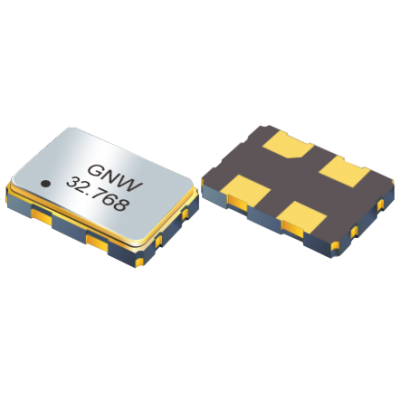
Single-ended oscillators vs Differential outputs
Single-ended oscillators
Single-ended oscillators are easier to implement but have more sensitivity to noise and are typically a better fit only up to several hundred megahertz. Among the single-ended output types are:
TTL (transistor-to-transistor logic): 0.4 to 2.4 volts (rarely used now)
CMOS (complementary metal oxide semiconductor): 0.5 to 4.5 volts
HCMOS (high-speed CMOS): 0.5 to 4.5 volts
LVCMOS (low-voltage CMOS): 0.5 to 4.5 volts
Differential outputs
Differential outputs are more difficult to design but provide better performance in high-frequency applications, as any noise common to the differential traces cancels out. This helps maintain oscillator performance as seen by the load circuit. Differential signal types are:
PECL (positive emitter coupled logic): 3.3 to 4.0 volts
LVPECL (low-voltage PECL); 1.7 to 2.4 volts
CML (current-mode logic): 0.4 to 1.2 volts and 2.6 to 3.3 volts
LVDS (low-voltage differential signaling): 1.0 to 1.4 volts
HCSL (high-speed current-steering logic): 0.0 to 0.75 volts







